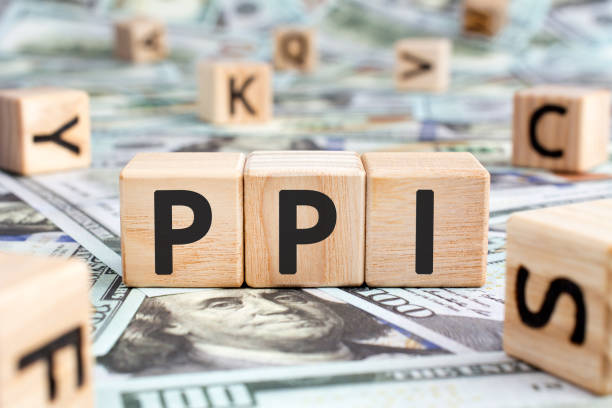Wholesale prices were unchanged in June and showed only a mild effect from U.S. tariffs, adding to the growing view that trade wars won’t lead to a big surge in inflation.
The flat reading in the producer-price index came in below the Wall Street forecast of a 0.2% increase.
So-called core wholesale prices were also unchanged last month. Core prices omit volatile food and energy costs as well as trade margins and are seen as a better predictor of future inflation.
The wholesale report doesn’t capture the cost of imports as well as the consumer-price index, which showed a sharper increase.
The rise in the cost of living in June probably killed the already slim chance of the Federal Reserve cutting interest rates later this month.
Wholesale prices reflect the costs companies pay for supplies or for products they intend to sell directly to consumers. When these prices change, it usually influences the rate of inflation.
Key details: The increase in wholesale prices in the past year slowed to a nine-month low of 2.3% in June, from 2.7% in the prior month.
Core wholesale prices rose 2.5% in the 12 months that ended in June, down from 2.8% in the prior month.
In June, the cost of goods rose 0.3% and hinted at inflationary effects of tariffs. Prices rose for consumer electronics, furniture and appliances — all of which are heavily imported.
Aside from that, most wholesale prices appeared fairly tame.
What’s more, the cost of services — the bigger driver of inflation in the past few years — fell for the second time in three months. The last time that happened was during the pandemic.
Big picture: The prices of some goods have seen tariff-related increases in the past few months, and inflation in the U.S. has risen a bit. But there’s been no big surge in inflation.
Top Fed officials and Wall Street economists predict prices will rise faster in the next few months as the full effect of tariffs become clear, and that could push inflation to 3% or higher.
The increase is expected to be short-lived, however, giving the Fed the leeway to cut interest rates later this year if the effects of the tariffs fade as expected.
Looking ahead: “Four months without producer-price inflation would be unusual under any circumstances, but during the implementation of tariffs, it is remarkable,” said Chris Low, chief economist at FHN Financial.










